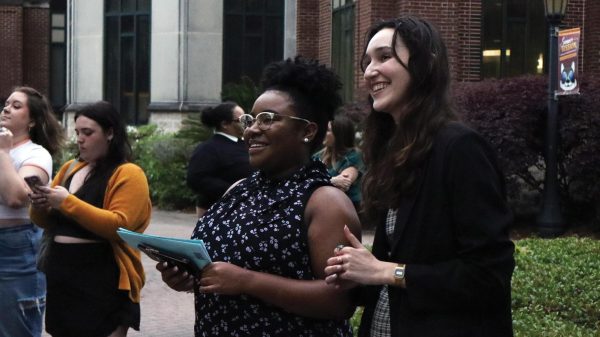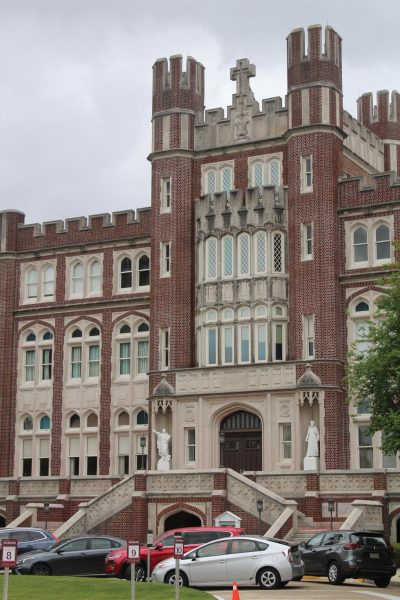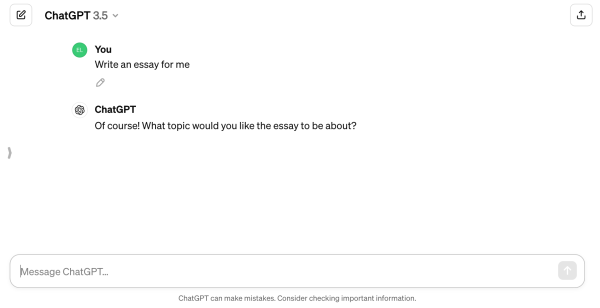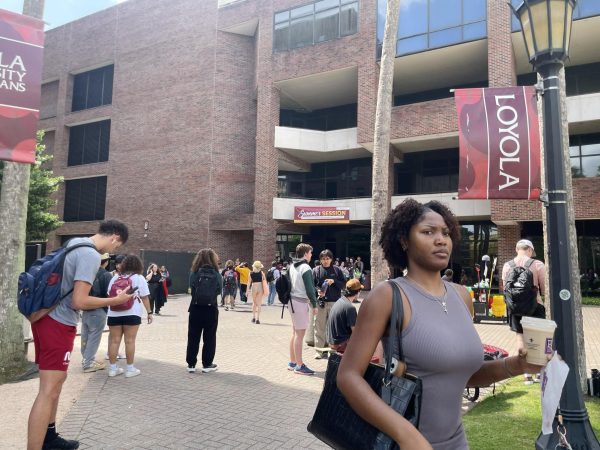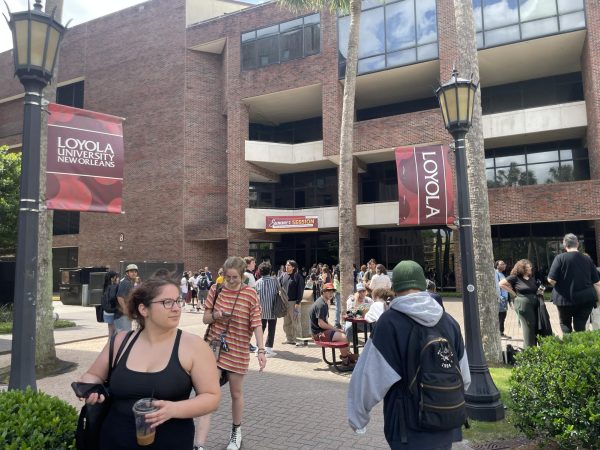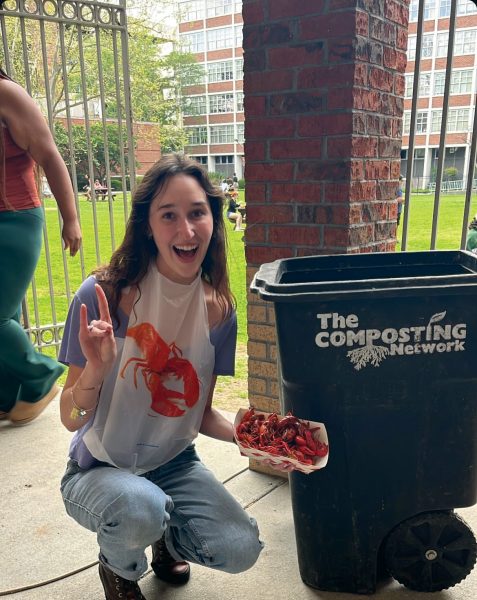Student debt creates added stress for students
February 16, 2017
Many students are no longer leaving college and starting careers but leaving college hoping for any job that pays well enough to pay off their debt.
Mark Kantrowitz, nationally recognized expert on student financial aid, scholarships and student loans, has found that many emerging professionals care more about paying off student loans than about putting money away for retirement.
According to Kantrowitz, students who graduate with excessive debt are 20 percent more likely to say that their debt influenced their employment plans, causing them to take a job outside their field.
For Ellen Egitton, marketing senior set to graduate in May, a “dream job” isn’t something that she’s expecting to land right out of the gate. Instead, she feels that any salary-based job can be used as a stepping stone to achieve her dream job.
“I think I would veer more toward, ‘I need to get something that pays me and that lets me have health insurance,’ so that I can be in a better position to then really start looking for a job that actually speaks to me,” Egitton said.
With the total student loan debt in the United States topping $1.3 trillion, according to Business Insider, it’s no surprise that the rising costs of student debt are changing the future of the job market.
In 2007, tuition at Loyola was $12,816 per semester, according to Academic Affairs. Today, students looking to attend Loyola next semester will have to pay $19,746 per semester, or with room and board and general fees, $52,107 for the entire year.
Anastasia Sion, A’16, said that she believes most private universities tend to have higher tuition, and she’s not wrong.
According to College Board, the average cost of tuition at a private university for the 2016-2017 school year was $33,480 while the average tuition cost at a public university (for out-of-state residents) was $24,930. For in-state residents who attend public universities, the average cost of tuition is less than $10,000 per semester.
“I feel that a lot of private universities and colleges nowadays follow a trend of high tuition. Loyola is one of them,” Sion said.
Many schools provide federal need-based grants and scholarships that do not have to be repaid to cushion to blow of the high tuition prices, which Sion said she was grateful for.
“I was fortunate enough to earn enough grants and scholarships to cover a good portion of my tuition so that I wouldn’t have to worry as much as others,” Sion said.
However, for students like Morgan Ballard, A’16’, taking out extra loans may be the only option to afford school.
“I had to take out both private and federal student loans, in addition to the support of my family, and I had to work many part-time jobs throughout my time at Loyola,” Ballard said.
According to The Institute for College Access and Success’s Project on Student Debt, the average borrower will graduate $26,600 in debt and this can take years to pay off.
Egitton said she already feels the looming burden of her debt that will come when she graduates.
“From what I understand, my parents paid a portion and then every year I took out a certain amount and I think that when I’m done I’ll have close to $30,000 in debt,” Egitton said.
Ballard said she is counting the days until she is debt free.
“From my personal research, it is projected to take 10 years to pay off,” Ballard said.
Ballard’s assessment aligns with Kantrowitz’s research.
“If a student’s loan debt is less than the total starting salary, they should be able to pay off their loans in 10 years or less,” Kantrowitz said.
While the reality of student debt is a scary one, it’s worth noting that students who received certain loans from a university are also given a grace period. Students do not have to begin repaying the school until the grace period is over and the standard grace period for students is six months after graduation.
“My advice to seniors is to become familiar with your loans, billing and payment plans now,” Ballard said. “Preparing for graduation may seem hectic, but trying to figure out student loans while simultaneously needing to pay them is no walk in the park.”








